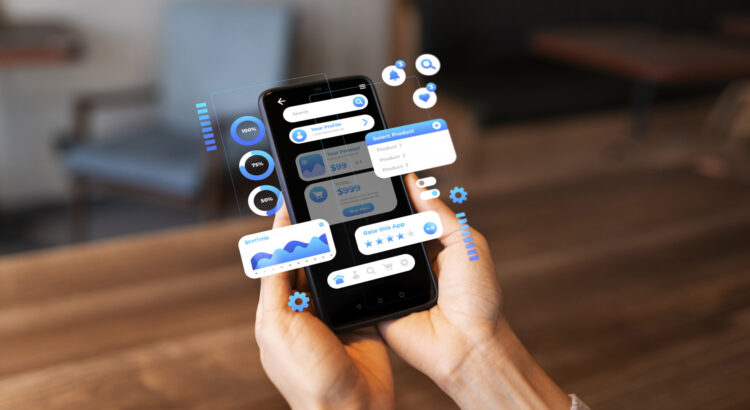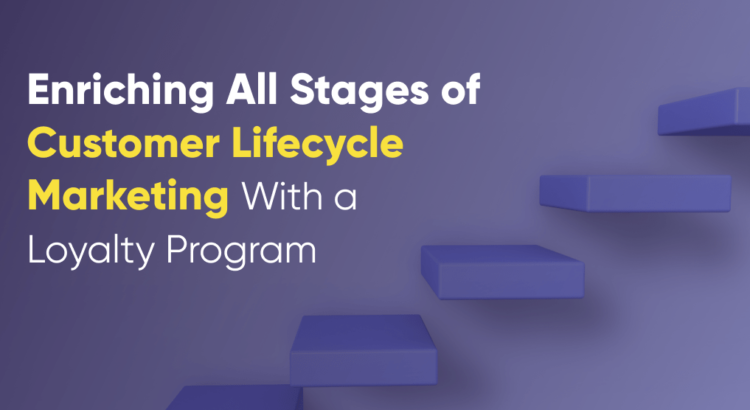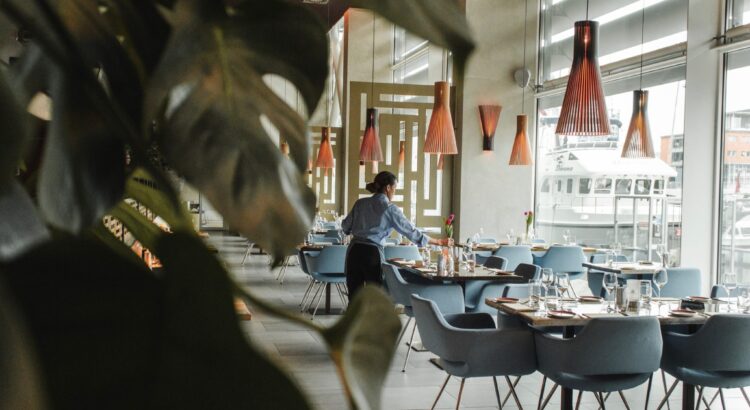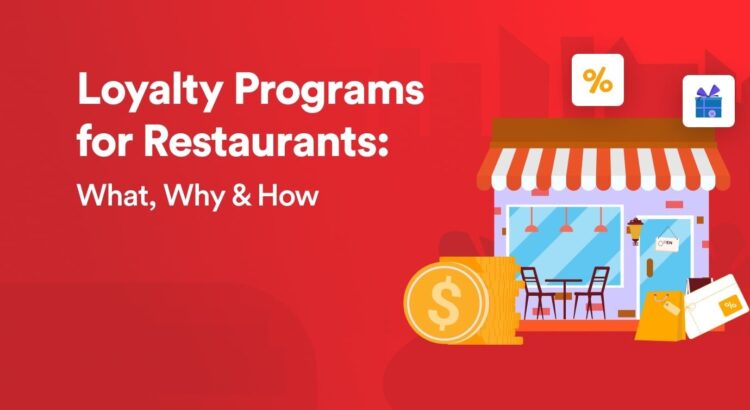In today’s fast-paced digital world, customer expectations are higher than ever. They demand instant responses, personalized interactions, and seamless experiences across platforms. For businesses striving to meet these demands, artificial intelligence (AI) chatbots have emerged as a transformative solution. These virtual assistants not only enhance customer service but also streamline operations, reduce costs, and improve overall efficiency.
The Role of AI in Customer Service
AI chatbots are powered by natural language processing (NLP) and machine learning (ML) technologies, enabling them to understand and respond to human queries in real time. Unlike traditional customer service methods, which often rely on human agents, AI chatbots can handle multiple interactions simultaneously, ensuring 24/7 availability.
Key benefits include:
- Instant Responses: Chatbots provide immediate answers, eliminating customer wait times.
- Cost-Effectiveness: By automating routine inquiries, businesses can reduce the workload on customer support teams and lower operational costs.
- Scalability: Chatbots can manage an unlimited number of customer queries without compromising quality.
- Data Insights: AI chatbots collect and analyze customer interactions, providing businesses with valuable insights to improve their services.
Personalization at Scale
One of the standout features of AI chatbots is their ability to deliver personalized experiences. By leveraging customer data, such as purchase history and preferences, chatbots can tailor responses to meet individual needs. For example, an eCommerce chatbot can suggest products based on a customer’s browsing history, enhancing the likelihood of a sale.
Moreover, advanced AI chatbots can adapt their tone and language based on the customer’s mood and context, creating a more human-like interaction. This level of personalization fosters trust and strengthens customer relationships, which are crucial for long-term business success.
Use Cases Across Industries
AI chatbots are revolutionizing customer service across various industries:
- eCommerce: From answering product queries to processing orders and handling returns, chatbots streamline the online shopping experience.
- Healthcare: Virtual assistants can provide appointment scheduling, symptom checking, and post-care follow-ups, ensuring patients receive timely support.
- Banking and Finance: AI-powered bots assist with account management, fraud detection, and financial advice, making banking more accessible.
- Travel and Hospitality: Chatbots enhance travel planning by providing instant information on bookings, itineraries, and local attractions.
- Education: Virtual tutors and administrative chatbots help students with enrolment, course selection, and academic queries.
Overcoming Challenges with AI Chatbots
While the benefits of AI chatbots are undeniable, businesses must address certain challenges to maximize their potential:
- Language Barriers: Chatbots must support multiple languages to cater to a global audience effectively.
- Complex Queries: Handling intricate or sensitive issues may require integration with human agents for seamless resolution.
- Data Security: Protecting customer information is paramount, and businesses must ensure that their chatbots comply with privacy regulations.
To overcome these challenges, businesses should invest in continuous training and updates for their chatbots, ensuring they remain effective and secure over time.
The Future of AI Chatbots in Customer Service
The future of customer service is being shaped by the rapid advancements in AI chatbot technology. As AI continues to evolve, chatbots are becoming smarter, more intuitive, and capable of delivering experiences that closely mimic human interactions. With the integration of voice recognition, sentiment analysis, and predictive analytics, chatbots are no longer limited to answering basic queries, they are transforming into proactive, empathetic virtual assistants.
Imagine a chatbot that not only resolves your customers’ current issues but also anticipates their future needs based on past interactions. For instance, it could remind a customer to renew their subscription or suggest additional services they might find valuable. This proactive approach helps businesses build stronger relationships and foster customer loyalty.
The inclusion of multilingual capabilities is another game-changer, enabling businesses to cater to a global audience without barriers. Additionally, AI-powered bots are increasingly integrating with emerging technologies like augmented reality (AR) and the Internet of Things (IoT), enhancing customer experiences across diverse platforms.
In the years ahead, AI chatbots will become an integral part of business strategies, offering unparalleled support, improving operational efficiency, and empowering businesses to deliver exceptional customer experiences effortlessly.
Let Razorse Software Help You Transform Customer Service with AI
At Razorse Software, we’re passionate about helping businesses redefine customer service with cutting-edge AI solutions. Our AI-powered chatbots aren’t just tools; they’re your round-the-clock support agents, capable of delivering fast, personalized, and seamless experiences that your customers will love.
Whether you’re looking to reduce wait times, handle more queries, or create meaningful interactions, we’ve got you covered. With our tailored approach, we’ll work closely with you to design a solution that fits your unique needs and goals.
Ready to elevate your customer service? Get in touch with Razorse Software today, and let’s build something amazing together!





